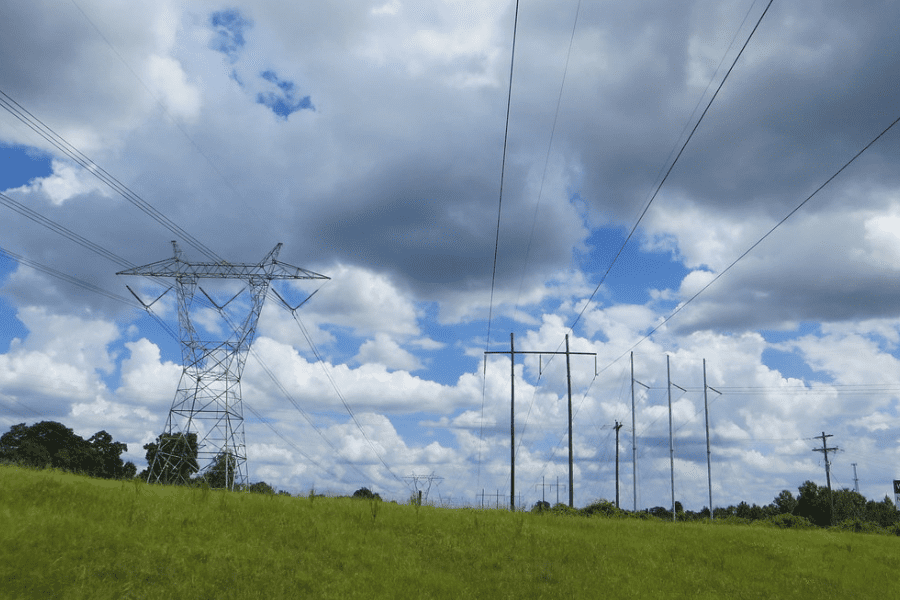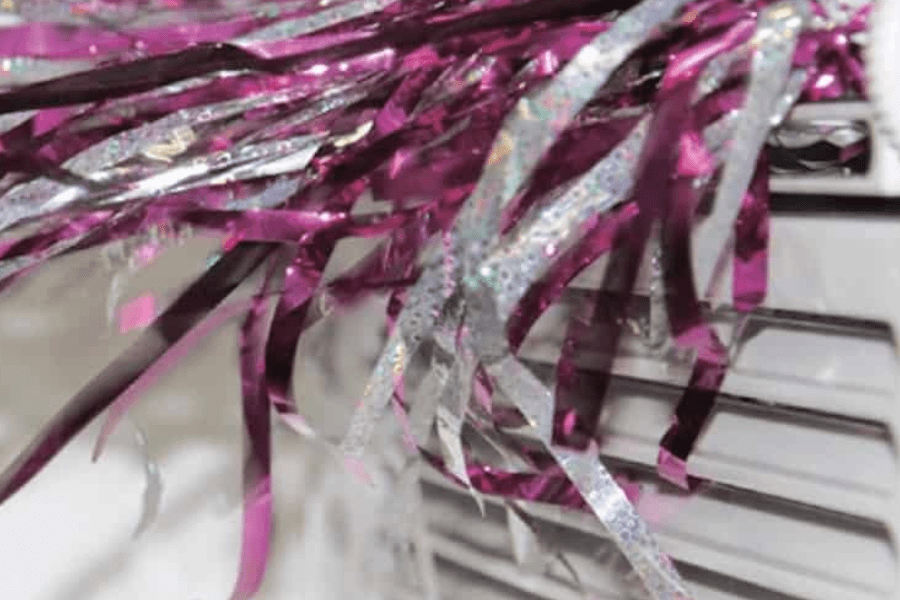May 12, 2023
The IRA’s Energy Efficient Home Improvement Credit Requirements
Although rebates depend on state rollouts, which are still in development, tax credits, such as the Energy Efficient Home Improvement Credit, are available now.
Slated to pump billions into the U.S. residential sector, the Inflation Reduction Act promises to transform the industry. Although rebates depend on state rollouts, which are still in development, tax credits, such as the Energy Efficient Home Improvement Credit, are available now.
The IRA increased the limit of this particular tax credit from a $500 lifetime cap in 2022 to an annual credit of up to $1,200, available at least through 2032. For even more increased savings, the tax credit limit for heat pumps is set at $2,000, which can be combined with the $1,200 allotted for the other assets on this list. To ensure your customers can take advantage of this incredible money-saving opportunity, read on to ensure the assets you install qualify.
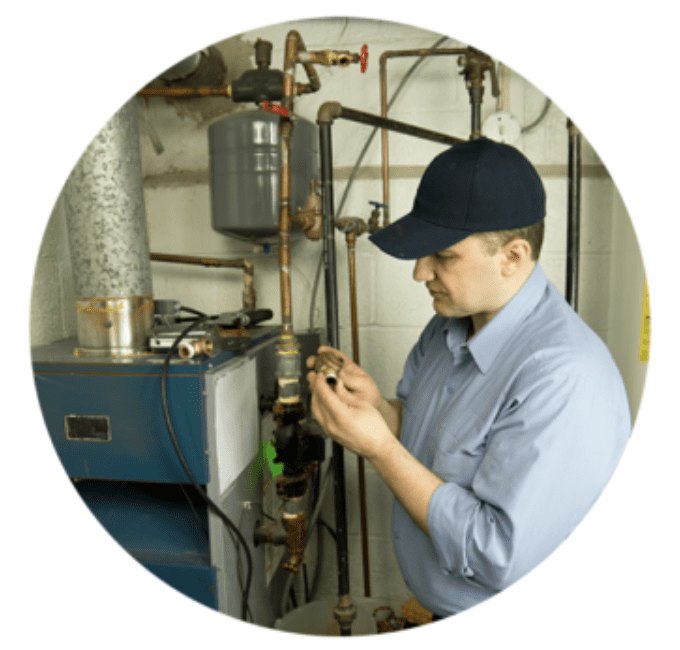
Furnaces, Air Conditioners, and Electric and Gas Water Heaters
Natural gas, propane and oil furnaces; central air conditioners; hot water boilers; and natural gas, propane, and oil water heaters must meet the Consortium for Energy Efficiency’s (CEE) highest efficiency tier of requirements (excluding advanced tiers). Requirements vary according to the climate regions specified by the Department of Energy (DOE). The CEE specifies Seasonal Energy Efficiency Rating 2 (SEER2), Energy Efficiency Rating 2 (EER2), criteria for each qualifying furnace, air conditioner, and Uniform Energy Factor (UEF) water heater.

Heat Pumps and Heat Pump Water Heaters
Electric or natural gas heat pumps and electric or natural gas heat pump water heaters must also meet the CEE’s highest efficiency tier of requirements (excluding advanced tiers) for SEER2, EER2, and HSPF2, which differ by the climate regions defined by the DOE.
Heat pumps earn the special distinction of receiving an increased tax credit of $2,000, which can be combined with the $1,200 allotted for the other assets on this list. Also of note, the CEE calls for adequate capacity of air source heat pumps in low ambient temperatures.

Insulation and Air Sealing
To be eligible for the tax credit, insulation and air sealing materials or systems must meet the criteria established by the International Energy Conservation Code (IECC) standard in effect at the start of the year two years prior to the installation. In other words, insulation or air sealing materials installed in 2023 must meet the criteria established by the IECC in effect on January 1, 2021.
IECC requirements vary by the DOE’s eight climate zones, R-value (how well the insulation prevents the flow of heat into and out of the home), whether an attic space exists or not, and whether a basement or crawl space exists.

Panelboards
Qualifying panelboards, sub-panelboards, branch circuits, and feeders must be installed according to the National Electric Code and have a load capacity of 200 amps or more to earn the $1,200 tax credit.
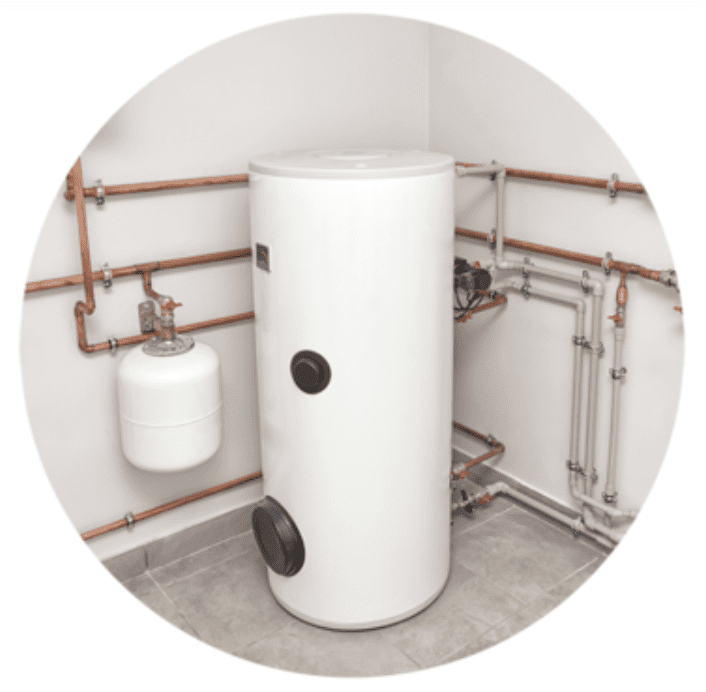
Oil Furnaces and Hot Water Boilers
Oil furnaces and hot water boilers qualify if they meet 2021 ENERGY STAR® efficiency criteria and the manufacturer rates them for use with fuel blends of at least 20 percent of the volume. Or, if the oil furnace or water boiler is installed in 2027 or later, the annual fuel efficiency rate requirement increases to 90 percent and the item is approved by the manufacturer for use with fuel blends of at least 50 percent.
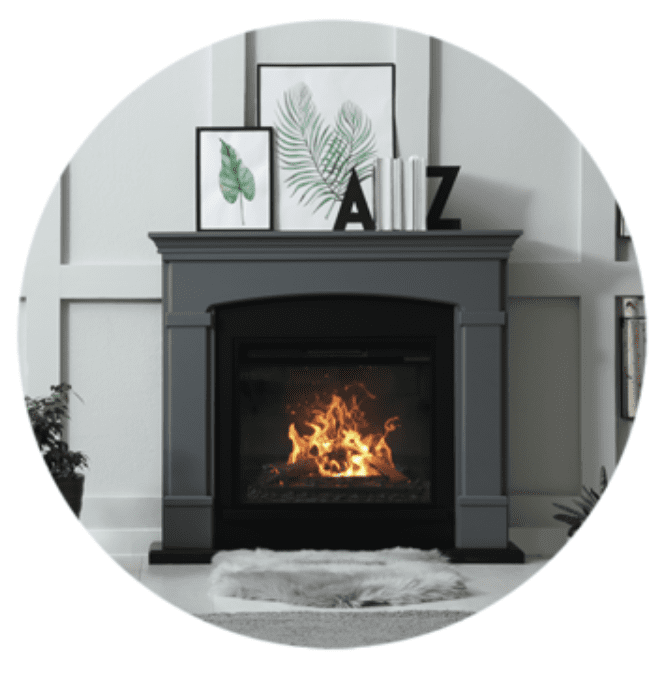
Biomass Stoves and Boilers
To qualify for the Energy Efficient Home Improvement Credit, biomass stoves and biomass boilers must have a thermal efficiency rating of at least 75%.
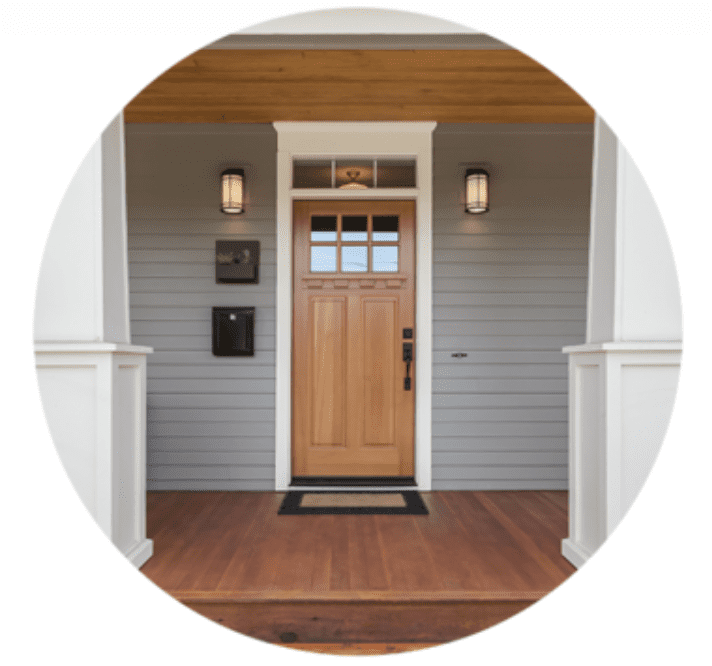
Exterior Doors
Exterior Doors that meet ENERGY STAR requirements, qualify for a tax credit of up to 30% of the cost or a maximum of $250 per door with a maximum of two exterior doors. Compared to other doors, ENERGY STAR exterior doors leak less and admit less heat into the home.
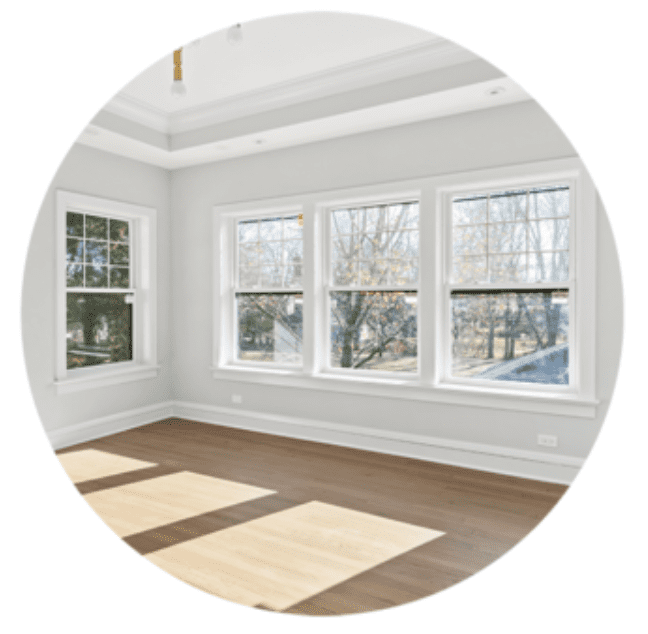
Windows and Skylights
To qualify for the Energy Efficient Home Improvement Credit, windows and skylights must meet the most efficient ENERGY STAR certification requirements. The tax credit covers 30% of the total cost, up to a maximum of $600. Energy-efficient windows insulate the home better, permit less solar heat into the home, and leak less.
This article originally appeared in the Pearl Certification blog and is republished with permission.


